
Jump right in: A Comprehensive Guide to Amazon Business Models
Introduction:
Whether you’re a side hustler looking to flip products for quick wins or a full-blown entrepreneur dreaming of your own brand empire, there’s an amazon business model out there for you.
Amazon’s marketplace isn’t a one-size-fits-all kind of deal. You’ve got Online Arbitrage—the digital treasure hunt where you snag deals from other retailers and resell them for a profit. Then there’s Wholesale, where you bulk-buy established products and let brand recognition do the heavy lifting. Feeling creative? Private Label lets you build your own product line from scratch (hello, brand owner status). And for the designers and artists out there, Merch by Amazon turns your graphics into cash, with zero inventory headaches.
But each model has its own quirks. Some require more cash upfront, others need patience, and a few demand you sharpen your sourcing or branding game. This guide is your roadmap to all six, packed with real-world examples, pitfalls to dodge, and tips to help you figure out not just how to sell, but how to thrive on Amazon.
1. Online Arbitrage
Online arbitrage is a legitimate business model where sellers buy products at a lower price from online retailers and resell them at a higher price on Amazon using Fulfillment by Amazon (FBA). This approach involves leveraging price discrepancies between different online marketplaces, capitalizing on sales, clearance items, or special promotions to source products at a lower cost. In essence, online arbitrage involves strategically identifying and purchasing products from online retailers and reselling them on Amazon for a profit.
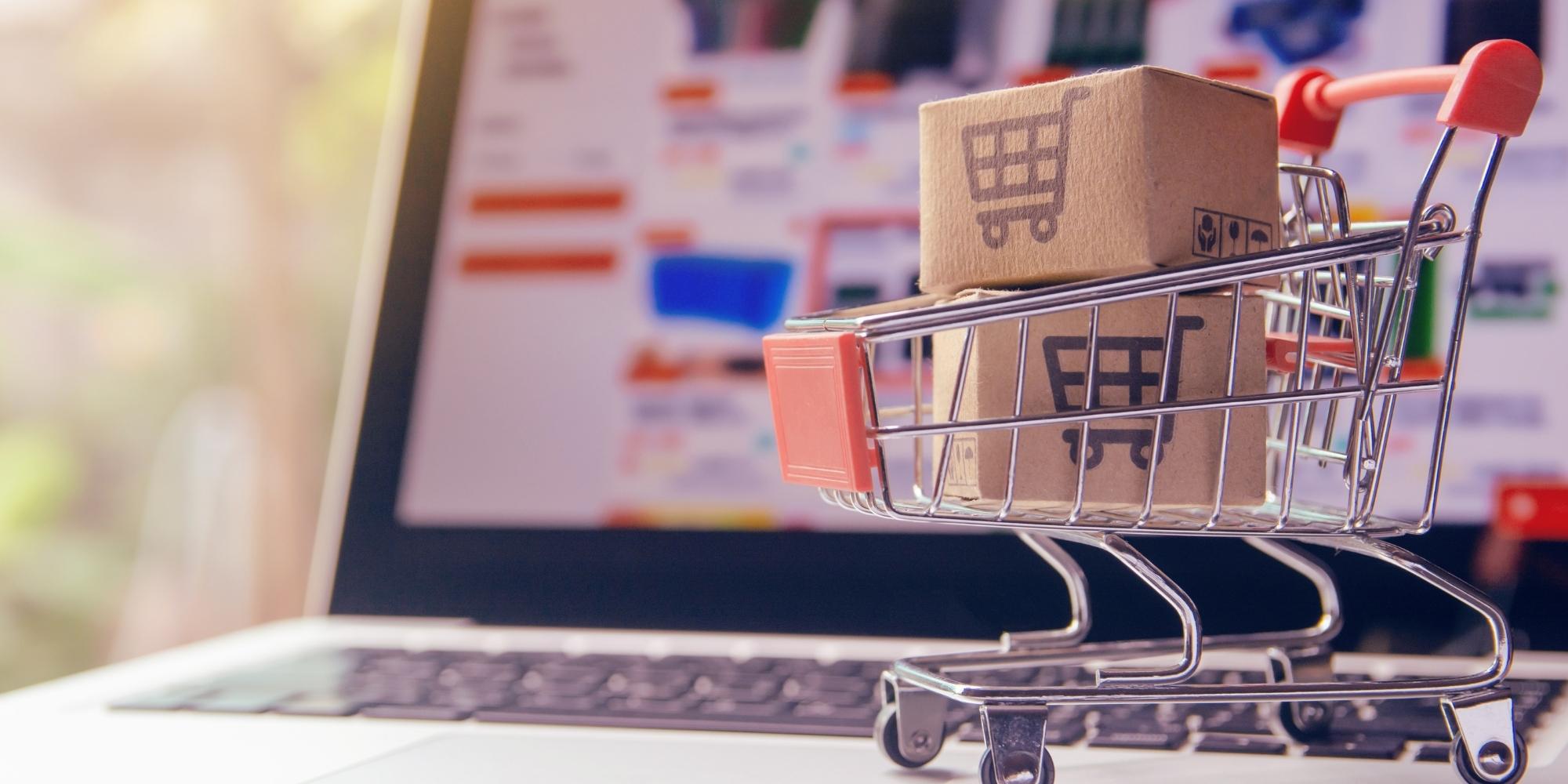
How Online Arbitrage Works
The process typically involves the following steps:
- Generate Product Ideas: Begin by exploring potential product categories. Some popular categories for online arbitrage include Home & Kitchen, Beauty & Personal Care, Clothing, Shoes & Jewelry, and Toys & Games. You can use tools like the AMZScout Product Database to identify product ideas and filter them based on criteria such as estimated sales, number of sellers, and product category.
- Find Products: Once you have a niche in mind, start searching for products on various online retail websites. Some popular options include Walmart, Target, eBay, Etsy, and even Craigslist or Facebook Marketplace. Look for discounted or clearance items that are selling for a significantly higher price on Amazon.
- Validate Your Products: Before making a purchase, it’s essential to validate the product’s potential profitability on Amazon. Use tools like the Amazon FBA Revenue Calculator or Jungle Scout’s Extension to analyze the product’s sales history, competition, and estimated profit margins. When choosing a product to sell, consider those with 2-20 sellers on the listing to ensure a suitable market for resale.
- Decide How You’ll Fulfill Your Orders: Determine whether you’ll fulfill orders yourself (Fulfilled by Merchant or FBM) or use Amazon’s FBA program. FBA offers advantages such as handling storage, packing, shipping, and customer service, but it also comes with FBA fees.
- Win the Buy Box: To maximize sales, strive to win the Buy Box, which is the prominent “Add to Cart” button on a product page. Factors that influence Buy Box ownership include competitive pricing, fulfillment method, and seller performance metrics.

Online Arbitrage is Best For:
- Individuals with limited capital: Online arbitrage has a low barrier to entry, making it ideal for those starting with a smaller budget.
- Those with a knack for finding deals: If you enjoy scouring online retailers for discounts and sales, online arbitrage could be a good fit.
- People comfortable with technology: Online arbitrage relies on online tools and resources to find and validate products.
- Those who can adapt quickly: Online retail trends change rapidly, so being able to adapt is crucial.
- Detail-oriented individuals: Online arbitrage involves meticulous tracking of inventory, expenses, and sales data.
Purchasing
When purchasing products for online arbitrage, consider using cashback websites like Rakuten to get additional discounts and maximize your profit margins.
Risks and Challenges
While online arbitrage offers a relatively easy entry point into Amazon selling, it’s important to be aware of the potential risks and challenges:
- Price Fluctuations: The prices of products can change rapidly, impacting your profit margins.
- Competition: The online marketplace is highly competitive, and you may encounter other sellers offering the same products.
- Inability to Resell Quickly: If you’re unable to resell products quickly, you may face storage fees or lose potential profit.
- Product Authenticity: Ensuring the authenticity of products sourced from various online retailers can be challenging.
- Returns and Refunds: Handling returns and refunds can be time-consuming and impact profitability.
- Changes in Retailer Policies: Online retailers may change their pricing or policies, affecting your ability to source products.
- Seasonality: Some products may have limited demand outside of specific seasons or trends.
Ethical Considerations
While legal, online arbitrage has ethical implications. Critics argue that it can disrupt the market by increasing prices for consumers and negatively impact small businesses that may not be able to compete with online arbitrage sellers.

Initial Investment and Ongoing Costs
Online arbitrage has a low barrier to entry, with sellers starting with varying amounts for their initial inventory investment. While some sellers begin with less than $500, an ideal starting budget is around $500 to allow for purchasing a variety of products and testing their performance. The initial investment typically covers the cost of the first batch of inventory, Amazon seller account fees, and optional online arbitrage tools.
Amazon offers two selling plans:
|
Plan |
Monthly Fee |
Per-Sale Fee |
Listing Limit |
Benefits |
|
Individual |
$0 |
$0.99 |
40 |
Best for sellers who sell fewer than 40 units per month |
|
Professional |
$39.99 |
$0 |
Unlimited |
Best for sellers who sell more than 40 units per month; allows for applying to sell in gated categories |
Ongoing costs include the chosen Amazon seller plan fees, potential FBA fees (if using FBA), and the cost of replenishing inventory.

Potential Profitability
Profitability in online arbitrage depends on various factors, including the price difference between the source retailer and Amazon, product demand, and competition. While profit margins can vary, sellers typically aim for a 10% to 30% profit margin. Successful online arbitrage sellers often report making around $5,000 per month.
Growth Potential
While online arbitrage can be a quick way to start selling on Amazon, it’s often seen as a stepping stone to other models. Many sellers use the experience and capital gained from online arbitrage to transition into wholesale or private label selling, which offer more sustainable long-term growth potential.
Pros and Cons of Online Arbitrage
|
Pros |
Cons |
|
Easily source products from home |
More competition compared to retail arbitrage |
|
Low-cost way to start selling on Amazon |
Can be tedious and time-consuming to find profitable products |
|
Free packaging from online retailers |
More challenging to calculate profits accurately |
|
Access to a vast selection of products from various online retailers |
Risk of returns, where the seller is responsible for the return |
|
Scalable business model |
|
|
High-profit potential |
Reduce time spent on prep by up to 85%
Outsourcing tedious tasks like labeling, packaging, and bundling frees up your time to focus on other aspects of your business.
2. Retail Arbitrage
Retail arbitrage is a business model where sellers source products from physical retail stores at discounted prices and resell them on Amazon for a profit. This approach involves visiting brick-and-mortar stores, finding clearance items, sales, or special promotions, and then listing those products on Amazon at a higher price.

How Retail Arbitrage Works
The process typically involves the following steps:
- Product Research: Identify profitable products by researching popular categories and using tools like the Amazon Seller App to scan barcodes in stores and check their sales rank, pricing, and competition on Amazon.
- Sourcing Products: Visit retail stores like Walmart, Target, clearance outlets, and local stores to find discounted items or products on sale.
- Product Validation: Before purchasing, use the Amazon Seller App to analyze the product’s sales history, competition, and potential profit margin.
- Listing and Fulfillment: List the products on Amazon, create compelling product descriptions, and choose between fulfilling orders yourself (FBM) or using Amazon FBA.

Retail Arbitrage is Best For:
- Individuals with limited capital: Retail arbitrage can be started with a smaller investment compared to wholesale or private label.
- Those who enjoy treasure hunting: If you like browsing stores and finding hidden gems, retail arbitrage could be a good fit.
- People with flexible schedules: Sourcing products requires visiting stores, which may require flexibility.
- Detail-oriented individuals: Retail arbitrage involves careful product inspection and inventory management.
- Those with an understanding of local retail markets: Knowing where to find the best deals and clearance items in your area is crucial.
Purchasing
When purchasing products for retail arbitrage, consider using store loyalty programs, coupons, and cashback apps to maximize your discounts and profit margins.
Risks and Challenges
- Competition: Retail arbitrage can be competitive, especially for popular products or during major sales events.
- Time Commitment: Sourcing products requires physically visiting stores, which can be time-consuming.
- Inventory Storage: You’ll need space to store your inventory before it’s shipped to Amazon or fulfilled yourself.
- Product Condition: Ensuring the quality and condition of products sourced from retail stores is crucial.
- Returns and Refunds: Handling returns and refunds can be challenging, especially if products are damaged or defective.
- Scalability: Scaling a retail arbitrage business can be challenging due to the limitations of sourcing products from physical stores.
Ethical Considerations
Retail arbitrage is generally considered ethical, as it involves purchasing products from legitimate retailers. However, some critics argue that it can contribute to stockouts or make it harder for regular consumers to find certain products.
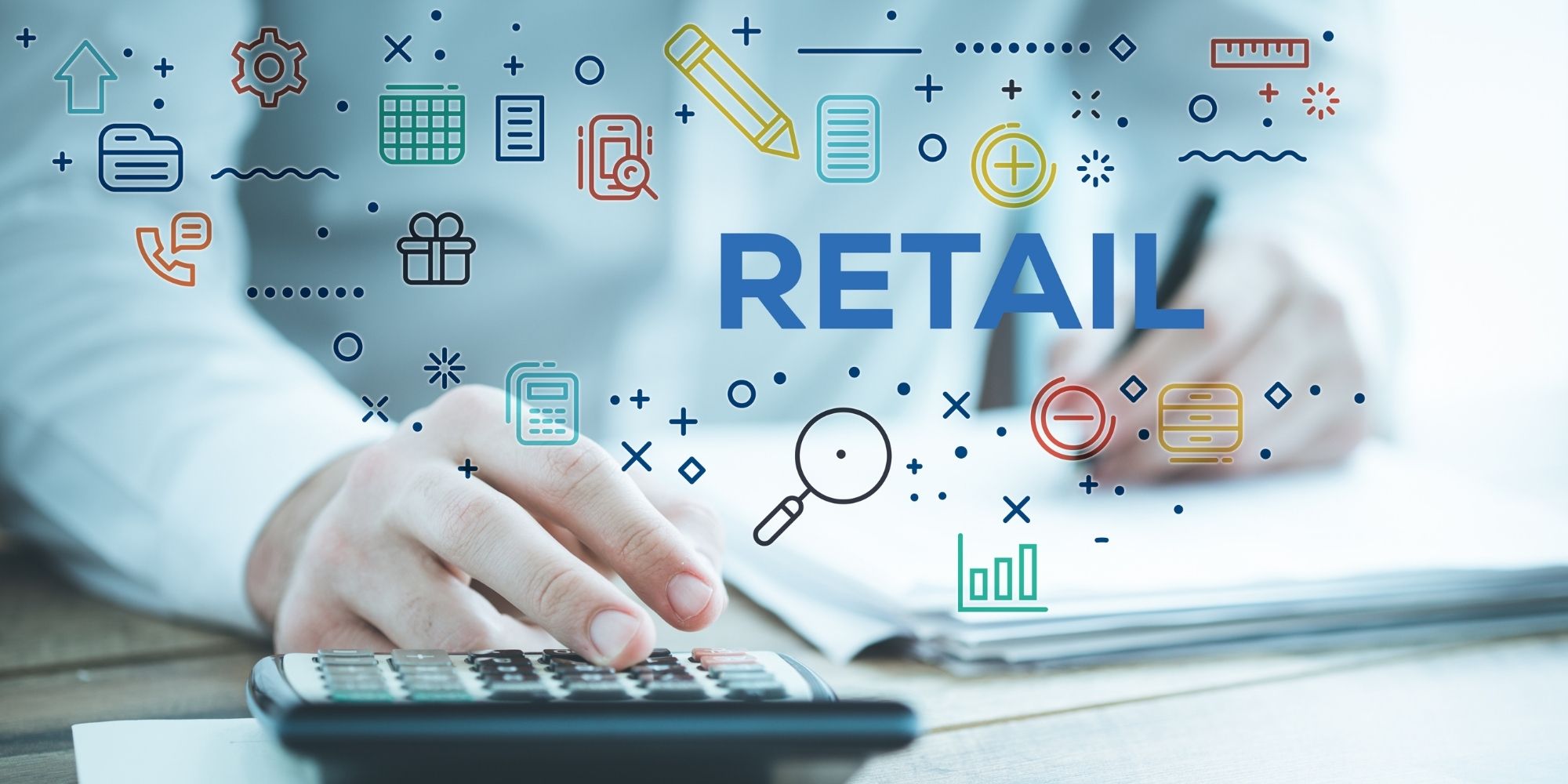
Initial Investment and Ongoing Costs
Retail arbitrage typically requires a lower initial investment compared to wholesale or private label. Sellers can start with a few hundred dollars to purchase inventory and cover Amazon seller fees.
Ongoing costs include Amazon seller fees, FBA fees (if applicable), transportation costs to source products, and inventory replenishment.

Potential Profitability
Profitability in retail arbitrage depends on finding discounted products with high demand and low competition on Amazon. Profit margins can vary, but sellers typically aim for a 20% to 50% profit margin or higher.
Growth Potential
Retail arbitrage can be a good starting point for new Amazon sellers, allowing them to gain experience and build capital. However, scaling a retail arbitrage business can be challenging due to the limitations of sourcing products from physical stores.
Pros and Cons of Retail Arbitrage
|
Pros |
Cons |
|
Low initial investment |
Time-consuming sourcing process |
|
Opportunity to find unique or clearance items |
Competition for in-demand products |
|
Flexibility to source from various stores |
Inventory storage and management challenges |
|
Potential for quick profits |
Scalability limitations |
Managing FBA Prep doesn’t have to be a hassle.
Partnering with a 3PL like eFulfillment Service means you can focus on growing your business while we handle the details. Request a Free Quote Today!
3. Wholesale
Wholesale is a business model where sellers purchase products in bulk directly from manufacturers or authorized distributors at a discounted rate and resell them individually on Amazon. This model relies on establishing strong relationships with suppliers to secure competitive pricing and consistent inventory. Wholesale sellers often focus on brand-name products that already have established demand on Amazon, reducing the need for extensive marketing efforts.

How Wholesale Works
The process of wholesale selling typically involves the following steps:
- Identify Profitable Products: Research popular and in-demand products that have a strong sales history on Amazon. Tools like Jungle Scout or Helium 10 can help identify top-performing products and analyze market trends.
- Find Reliable Suppliers: Source products from reliable manufacturers, distributors, or wholesalers. Platforms like Alibaba, SaleHoo, or direct outreach to brands can help establish these connections. Ensure the suppliers are authorized to sell the brands to avoid counterfeit issues.
- Negotiate Terms: Once you’ve identified suppliers, negotiate pricing, minimum order quantities (MOQs), and payment terms. Building strong relationships with suppliers can lead to better deals and priority access to inventory.
- Purchase Inventory: Buy products in bulk to take advantage of wholesale pricing. Ensure you have adequate storage space if you’re not using Amazon FBA or use an FBA Prep Center to hold overflow inventory.
- List Products on Amazon: Create or join existing product listings on Amazon. Ensure your Amazon product listings are optimized with accurate descriptions, high-quality images, and competitive pricing.
- Fulfill Orders: Decide whether to fulfill orders through Amazon FBA or handle them yourself via Fulfilled by Merchant (FBM). FBA simplifies the process but includes additional fees.

Wholesale is Best For:
- Individuals with a larger initial investment: Wholesale requires a more significant upfront investment compared to online arbitrage.
- Those with strong negotiation skills: Building relationships with suppliers and negotiating favorable terms is crucial for wholesale success.
- People comfortable with inventory management: Managing bulk inventory requires effective storage and planning.
- Those who can navigate brand restrictions: Some brands have strict distribution policies, so being able to navigate these restrictions is important.
- Individuals with a long-term perspective: Wholesale offers stable, long-term growth potential.
Purchasing
When purchasing wholesale products, it’s crucial to maintain accurate records of invoices and supplier agreements. This documentation is necessary for Amazon’s brand approval processes and can protect against counterfeit claims.
Risks and Challenges
- High Initial Investment: Buying in bulk requires significant upfront capital.
- Brand Restrictions: Some brands have strict distribution policies, making it difficult to gain approval to sell their products.
- Intense Competition: Competing with other wholesale sellers and even Amazon itself can squeeze profit margins.
- Inventory Management: Managing large quantities of inventory requires effective storage solutions and careful planning to avoid overstocking or stockouts.
- Minimum Order Quantities (MOQs): Meeting supplier MOQs can be challenging for new sellers with limited capital.
- Changes in Brand Policies: Brands may change their distribution policies or pricing, impacting your profitability.
- Product Recalls: If a product you’ve purchased in bulk is recalled, it can lead to significant financial losses.
Ethical Considerations
Wholesale selling is generally viewed as an ethical business model since it involves direct relationships with brands and authorized distributors. However, sellers must ensure they are sourcing products legitimately to maintain trust with customers and comply with Amazon’s policies.

Initial Investment and Ongoing Costs
Wholesale typically requires a higher initial investment compared to other models. Sellers should be prepared to invest at least $2,000 to $5,000 upfront to purchase inventory and cover Amazon seller fees.
Amazon offers two selling plans:
|
Plan |
Monthly Fee |
Per-Sale Fee |
Listing Limit |
Benefits |
|
Individual |
$0 |
$0.99 |
40 |
Best for sellers who sell fewer than 40 units/month |
|
Professional |
$39.99 |
$0 |
Unlimited |
Best for sellers who sell more than 40 units/month; allows for applying to sell in gated categories |
Ongoing costs include Amazon seller fees, FBA fees (if applicable), shipping costs to Amazon warehouses, and inventory replenishment.

Potential Profitability
Profit margins in wholesale can range from 10% to 25%, depending on the product and competition. Many successful wholesale sellers report monthly revenues exceeding $10,000, with consistent profitability due to the stability of brand-name products.
Growth Potential
Wholesale offers significant growth potential, especially for sellers who establish strong supplier relationships and continuously expand their product offerings. This model is highly scalable and can lead to long-term success with the right strategies.
Pros and Cons of Wholesale
|
Pros |
Cons |
|
Access to brand-name products with established demand |
High upfront investment required |
|
Stable and scalable business model |
Intense competition with other sellers and Amazon |
|
Potential for strong supplier relationships |
Brand restrictions and approval processes |
|
Less need for extensive marketing efforts |
Requires effective inventory management |
|
Higher potential for consistent profitability |
Risk of overstocking or stockouts |
Average turnaround time of 24-48 hours:
Prep centers can quickly process your inventory, ensuring it reaches Amazon fulfillment centers promptly.
4. Private Label
Private label selling involves creating your own branded products and selling them on Amazon. This model gives sellers full control over product design, branding, and marketing, allowing for greater differentiation in the marketplace. Private label products are typically sourced from manufacturers who produce generic items that can be customized with the seller’s branding.

How Private Label Works
The process of private label selling typically involves the following steps:
- Market Research: Identify profitable niches and product opportunities by analyzing market trends, customer reviews, and competition. Tools like Helium 10, Jungle Scout, and Google Trends can be invaluable for this step.
- Find a Manufacturer: Source reliable manufacturers through platforms like Alibaba, GlobalSources, or by attending trade shows. Ensure the manufacturer can meet your customization requirements and quality standards.
- Product Development: Work with the manufacturer to customize the product’s design, packaging, and branding. Order samples to evaluate quality and make necessary adjustments before finalizing your product.
- Branding and Packaging: Create a unique brand name, logo, and packaging design that aligns with your target market. Invest in professional photography and compelling product descriptions to enhance your Amazon listings.
- Launch and Market Your Product: List your product on Amazon and implement marketing strategies such as Amazon PPC, influencer collaborations, and social media marketing to drive traffic and sales.
Fulfill Orders: Use Amazon FBM or FBA to handle storage, shipping, and customer service, allowing you to focus on scaling your business.

Private Label is Best For:
- Entrepreneurs with a vision: Private label allows you to create your own brand and products, offering greater control and creative freedom.
- Those with a passion for product development: If you enjoy researching, designing, and bringing new products to market, private label could be a good fit.
- Individuals with marketing skills: Building a successful private label brand requires effective marketing and branding strategies.
- Those comfortable with risk: Private label involves a higher initial investment and longer lead times compared to other models.
- Individuals with a long-term vision: Building a successful private label brand takes time and dedication.
Purchasing
Private label requires significant upfront investment for product development, branding, and initial inventory. It’s important to factor in costs for samples, design work, and marketing when budgeting for a private label venture.
Risks and Challenges
- High Initial Costs: Product development, branding, and marketing can be expensive.
- Longer Time to Market: Developing and launching a private label product takes more time compared to other models.
- Market Saturation: Popular niches can become saturated quickly, making it challenging to stand out.
- Quality Control: Ensuring consistent product quality requires diligent supplier management and regular quality checks.
- Intellectual Property Infringement: Ensuring your product design and branding don’t infringe on existing intellectual property rights is crucial.
- Product Liability: As a brand owner, you’re responsible for product liability and safety compliance.
- Inventory Management: Managing inventory levels to avoid stockouts or overstocking can be challenging.
Ethical Considerations
Private label selling encourages innovation and brand development, contributing positively to the marketplace. However, it’s essential to ensure ethical sourcing practices and maintain transparency with customers regarding product quality and origins.
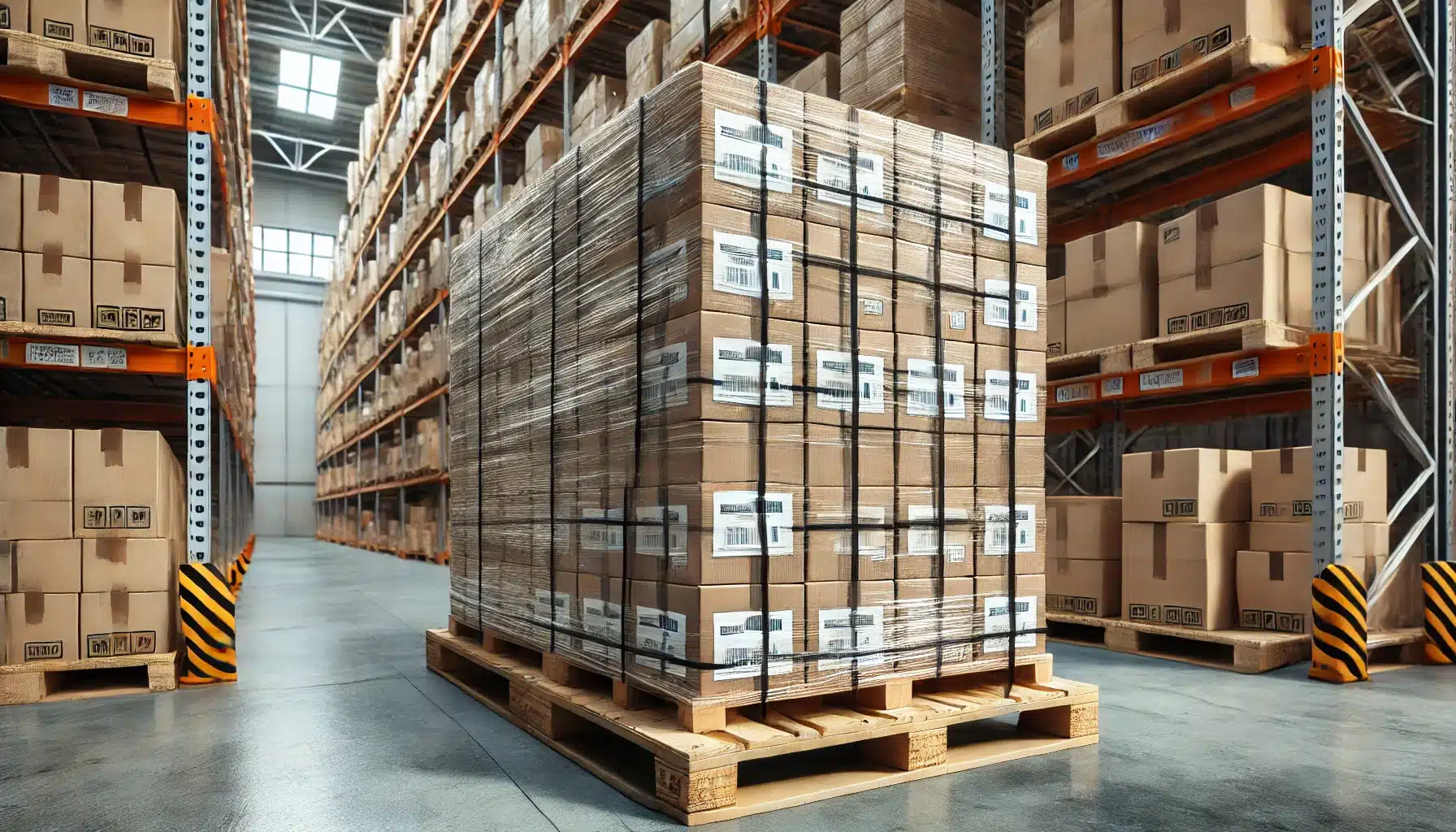
Initial Investment and Ongoing Costs
Private label typically requires a higher initial investment than that of Online Arbitrage or Wholesale ($3,000 to $5,000 or more), depending on product complexity and order quantity. This includes costs for product samples, design, initial inventory, and marketing campaigns.
Ongoing costs include Amazon seller fees, FBA fees, marketing expenses, and inventory replenishment.

Potential Profitability
Private label products often yield higher profit margins, typically ranging from 20% to 40%. Successful private label brands can generate significant revenue, with many sellers reporting monthly profits of $10,000 or more.
Growth Potential
Private label offers substantial growth potential, allowing sellers to build recognizable brands and expand their product lines. With the right strategies, private label businesses can evolve into thriving eCommerce brands with loyal customer bases.
Pros and Cons of Private Label
|
Pros |
Cons |
|
Full control over branding and product design |
High initial investment required |
|
Higher profit margins |
Longer time to market |
|
Potential to build a recognizable brand |
Requires significant marketing efforts |
|
Less direct competition |
Risk of quality control issues |
|
Scalability and long-term growth potential |
Market saturation in popular niches |
Managing FBA Prep doesn’t have to be a hassle.
Partnering with a 3PL like eFulfillment Service means you can focus on growing your business while we handle the details. Request a Free Quote Today!
5. Merch by Amazon
Merch by Amazon is a print-on-demand service that allows sellers to design and sell custom apparel and merchandise without handling inventory, production, or shipping. Amazon takes care of the production and fulfillment, paying sellers a royalty for each sale. This model is ideal for artists, designers, and entrepreneurs looking to monetize their creativity with minimal upfront investment.

How Merch by Amazon Works
The process of selling with Merch by Amazon typically involves the following steps:
- Create an Account: Apply for a Merch by Amazon account. Once approved, you can start uploading your designs.
- Design Your Products: Create high-quality, original designs using graphic design software like Adobe Illustrator, Canva, or Photoshop. Focus on trends and niches that resonate with your target audience.
- Upload Designs: Upload your designs to the Merch by Amazon platform, selecting the products you want them printed on, such as t-shirts, hoodies, and tote bags. Customize product descriptions, titles, and keywords to optimize for search visibility.
- Set Your Pricing: Determine the selling price for your products. Amazon deducts production and shipping costs, and you earn a royalty based on the sale price.
- Promote Your Products: Drive traffic to your Merch by Amazon listings through social media, influencer collaborations, and SEO strategies. Utilize Amazon’s internal advertising options to boost visibility.
- Collect Royalties: Amazon handles production, shipping, and customer service. You earn royalties on every sale without managing physical inventory.

Merch by Amazon is Best For:
- Creative individuals: Merch by Amazon is ideal for artists, designers, and those with a passion for creating unique designs.
- Those seeking passive income: Merch by Amazon allows you to earn royalties without managing inventory or production.
- Individuals with marketing skills: Promoting your Merch by Amazon products effectively is crucial for success.
- Those comfortable with limited control: Amazon controls pricing, product offerings, and royalty rates.
- Individuals with a knack for design trends: Creating designs that resonate with current trends and target audiences is essential.
Purchasing
Merch by Amazon requires no upfront investment in inventory or production. Your primary costs will be related to design creation and marketing efforts.
Risks and Challenges
- High Competition: The print-on-demand market is saturated, making it challenging to stand out.
- Design Infringement: Sellers must ensure their designs don’t violate copyright or trademark laws to avoid account suspension.
- Limited Control: Amazon controls pricing structure, product offerings, and royalty rates.
- Tier System: New sellers start at lower tiers with limited upload slots and must make sales to unlock higher tiers.
- Limited Customization: Customization options for products and branding may be limited compared to private label.
- Changes in Amazon Policies: Amazon may change its policies or royalty rates, impacting your profitability.
- Design Theft: Protecting your designs from being copied or stolen by other sellers can be challenging.
Ethical Considerations
Merch by Amazon encourages creative entrepreneurship, but sellers should prioritize originality and avoid infringing on intellectual property. Ethical marketing practices are also essential to build trust with customers.
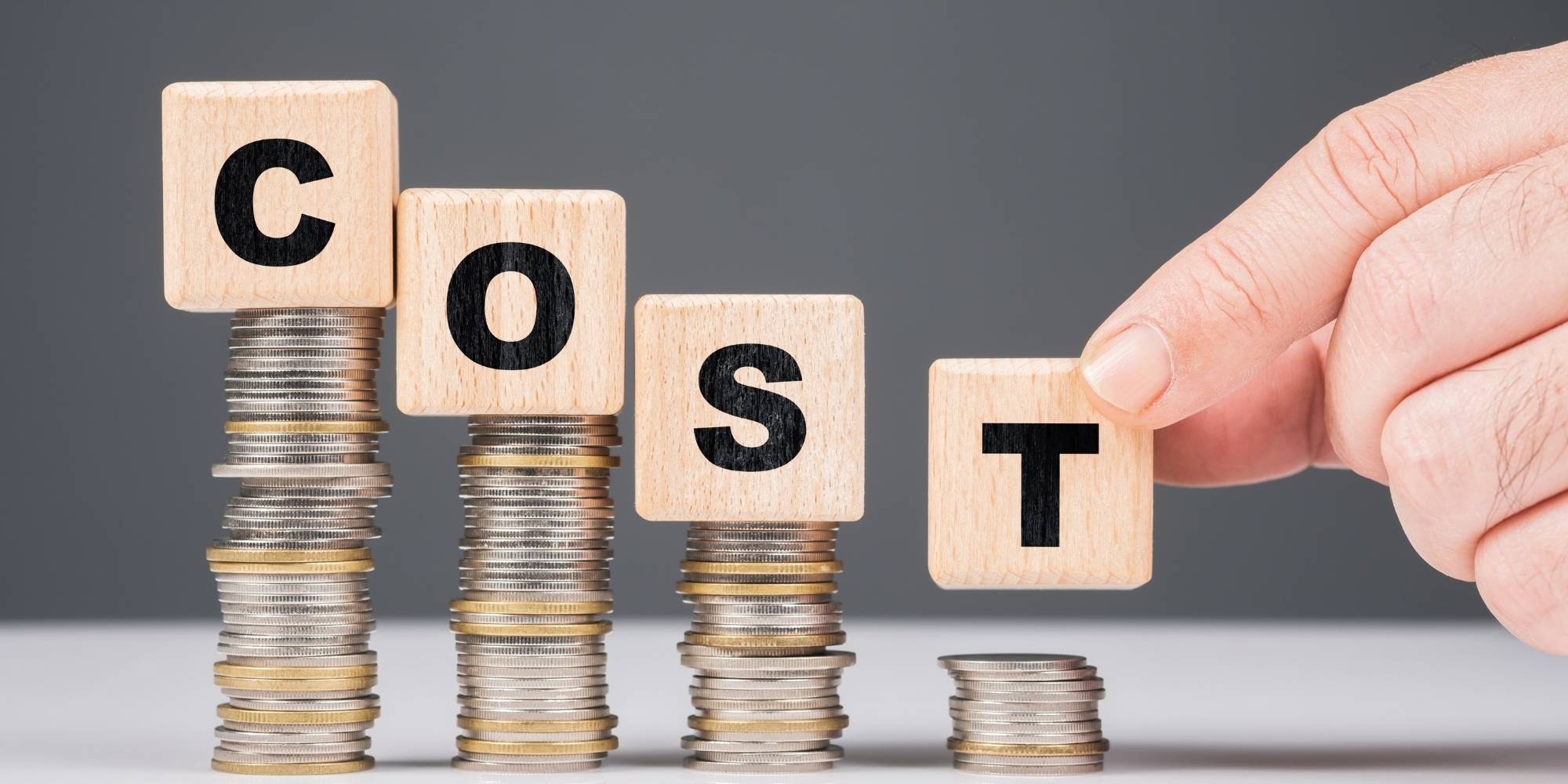
Initial Investment and Ongoing Costs
Merch by Amazon requires minimal upfront investment. Costs are primarily related to design software, marketing, and potentially hiring freelance designers.

Potential Profitability
Royalties vary depending on the product and price point. While profit margins can be modest, successful sellers with popular designs can generate consistent passive income. Many report earning a few hundred to several thousand dollars per month.
Growth Potential
Merch by Amazon offers scalable growth potential, especially for creative entrepreneurs who consistently produce high-quality designs and effectively market their products.
Pros and Cons of Merch by Amazon
|
Pros |
Cons |
|
No upfront investment required |
High competition in popular niches |
|
Passive income potential |
Limited control over pricing and royalties |
|
Amazon handles production and fulfillment |
Design infringement risks |
|
Scalable with creative effort |
Tier system limits uploads for new sellers |
|
Ideal for artists and designers |
Dependent on Amazon’s platform and policies |
6. Dropshipping
Dropshipping is a retail fulfillment method where a store sells products on amazon without holding any inventory. Instead, when a store sells a product, it purchases the item from a third party and has it shipped directly to the customer. As a result, the merchant never sees or handles the product.
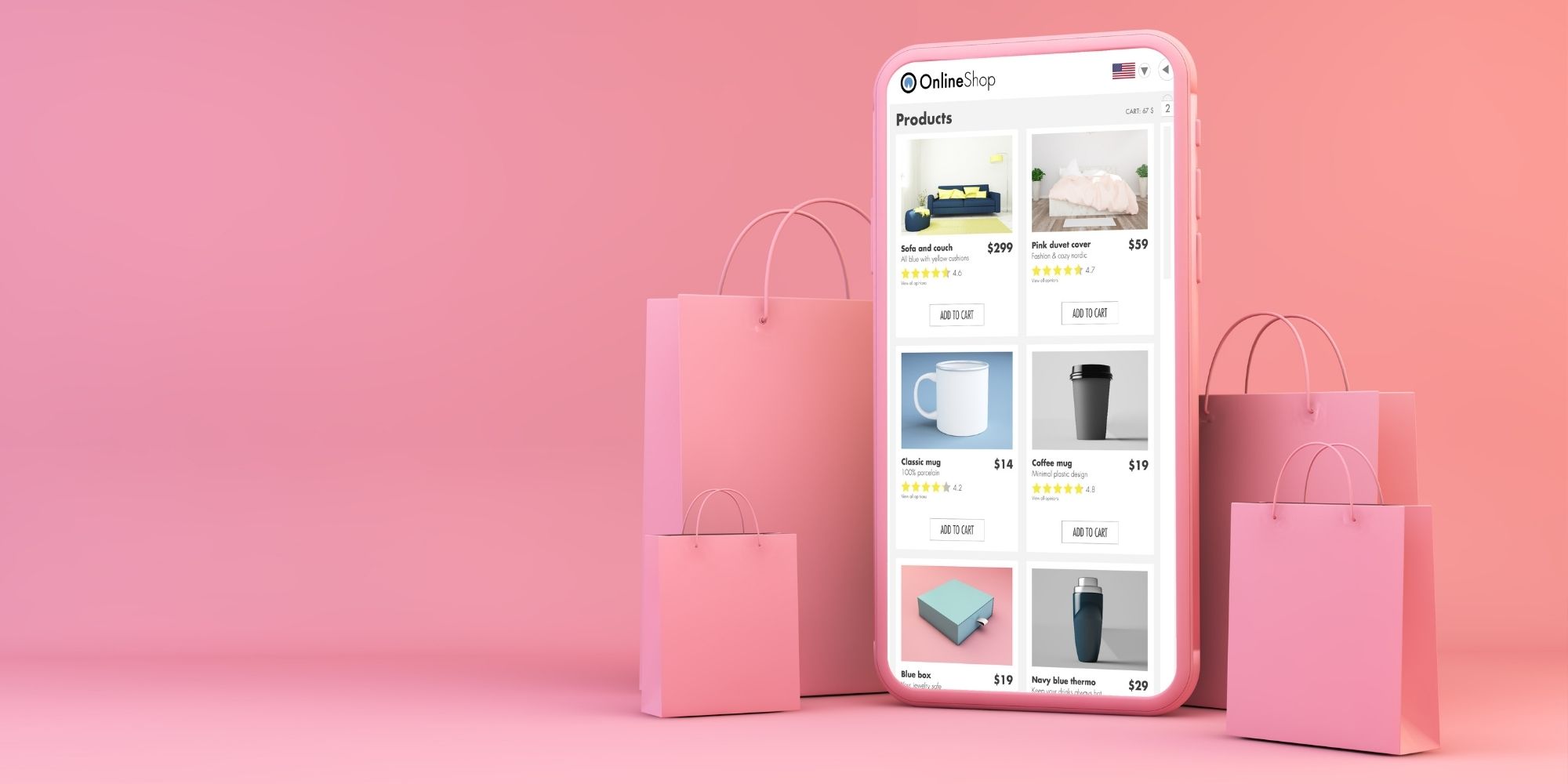
How Dropshipping Works
The process typically involves the following steps:
- Choose a niche: Select a niche market with in-demand products and low competition.
- Find a supplier: Partner with a reliable dropshipping supplier who offers the products you want to sell.
- List products: Create product listings on Amazon, optimizing titles, descriptions, and images.
- Receive orders: When a customer places an order, forward the order details to your dropshipping supplier.
- Supplier ships the order: The supplier ships the product directly to the customer.

Drop Shipping is Best For:
- Individuals with limited capital: Dropshipping requires minimal upfront investment, as you don’t need to purchase inventory.
- Those who value flexibility: Dropshipping can be managed from anywhere with an internet connection.
- People comfortable with technology: Dropshipping relies on online platforms and tools to manage products, orders, and suppliers.
- Those with strong marketing skills: Driving traffic to your Amazon listings is essential for dropshipping success.
- Individuals who can adapt to market changes: Identifying trending products and adapting to market demands is crucial for dropshipping.
Purchasing
With dropshipping, you only purchase products from your supplier when a customer places an order. This eliminates the need for upfront inventory investment.
Risks and Challenges
- Low profit margins: Dropshipping often involves lower profit margins due to the supplier taking a cut.
- Inventory management: You rely on your supplier to manage inventory accurately, which can lead to stockouts or shipping delays.
- Shipping complexities: Shipping can be more complex with dropshipping, as orders may be shipped from multiple suppliers.
- Supplier errors: You’re responsible for any errors made by your supplier, such as shipping the wrong product or providing poor customer service.
- Limited branding: Dropshipping offers limited opportunities for branding and customization.
Ethical Considerations
Dropshipping is generally considered ethical as long as you’re transparent with customers about shipping times and return policies. However, some critics argue that dropshipping can lead to longer shipping times and potentially lower product quality.

Initial Investment and Ongoing Costs
Dropshipping has a very low initial investment, as you don’t need to purchase inventory upfront. Costs are primarily related to Amazon seller fees and marketing expenses.

Potential Profitability
Profitability in dropshipping can vary depending on the niche, supplier pricing, and your ability to manage costs. Profit margins are generally lower compared to other models, but successful dropshippers can still generate significant income.
Growth Potential
Dropshipping can be a scalable business model, as you can add new products and suppliers without increasing inventory costs. However, growth potential may be limited by lower profit margins and reliance on suppliers.
Pros and Cons of Dropshipping
|
Pros |
Cons |
|
Low initial investment |
Low profit margins |
|
No need to manage inventory |
Inventory management challenges |
|
Wide selection of products |
Shipping complexities |
|
Easy to start and scale |
Limited branding opportunities |
Summary
“Selling on Amazon: A Comprehensive Guide to Business Models” is your ultimate roadmap to navigating Amazon’s diverse selling opportunities. Whether you’re a part-time hustler or an aspiring eCommerce mogul, this guide breaks down six primary business models—Online Arbitrage, Retail Arbitrage, Wholesale, Private Label, Merch by Amazon, and Dropshipping. Each model comes with its unique advantages, challenges, and requirements, from the minimal upfront investment of Merch by Amazon to the brand-building opportunities in Private Label. Real-world examples, tips, and potential pitfalls help sellers understand how to not just start, but thrive on Amazon. The guide empowers you to choose a model that fits your goals, resources, and skills, while offering insights into scaling for long-term success.
Key Points:
Amazon Offers Multiple Business Models:
-
- Online Arbitrage: Buy discounted products from online retailers and resell for profit on Amazon. Ideal for deal hunters and tech-savvy sellers.
- Retail Arbitrage: Source discounted products from physical stores and resell on Amazon. Great for those who enjoy in-person shopping for deals.
- Wholesale: Purchase products in bulk from manufacturers or distributors and resell individually. Requires higher capital but offers stable, scalable growth.
- Private Label: Create and sell your own branded products. High investment and effort but offers greater control and higher profit margins.
- Merch by Amazon: Design custom apparel with zero inventory management. Perfect for creatives seeking passive income.
- Dropshipping: Sell products you don’t stock—suppliers handle shipping directly to customers. Low investment but thin profit margins.
Choosing the Right Model Depends on Your Goals:
-
-
- Low Capital: Online Arbitrage, Retail Arbitrage, or Dropshipping are ideal for starting with minimal investment.
- Brand Building: Private Label and Merch by Amazon allow for creativity and brand ownership.
- Scalability: Wholesale and Private Label offer the best opportunities for long-term, scalable growth.
-
Each Model Has Unique Risks & Challenges:
-
- Online/Retail Arbitrage: Faces stiff competition, price fluctuations, and sourcing challenges.
- Wholesale: Requires navigating brand restrictions, high initial investments, and inventory management.
- Private Label: Demands significant time for product development, marketing, and quality control.
- Merch by Amazon: High competition and limited control over pricing and royalties.
- Dropshipping: Low profit margins, supplier reliability issues, and limited branding opportunities.
Potential Profitability Varies:
-
- Online Arbitrage: Typically yields 10%-30% profit margins, with successful sellers making $5,000/month.
- Retail Arbitrage: Aims for 20%-50% margins but is time-intensive.
- Wholesale: Profit margins between 10%-25%, with potential for consistent $10,000+ monthly revenue.
- Private Label: Offers the highest margins (20%-40%) and long-term brand value.
- Merch by Amazon & Dropshipping: Lower margins, but with the potential for passive income or easy scalability.
Ethical Considerations Exist Across Models:
-
- Arbitrage models may disrupt markets by driving up prices, while dropshipping risks lower product quality and longer shipping times. Private label and wholesale require ensuring ethical sourcing and avoiding counterfeit issues.
Initial Investment & Ongoing Costs:
-
- Online/Retail Arbitrage: Can start with as little as $500, plus Amazon seller fees.
- Wholesale: Requires $2,000-$5,000 upfront for inventory.
- Private Label: Needs $3,000-$5,000 for product development and marketing.
- Merch by Amazon & Dropshipping: Minimal upfront costs, primarily for marketing and design tools.
Amazon Seller Plans:
-
- Individual Plan: $0 monthly fee, $0.99 per sale—best for fewer than 40 sales/month.
- Professional Plan: $39.99 monthly fee, unlimited listings—ideal for scaling businesses.
Growth Strategies:
-
- Start Small, Scale Up: Many sellers use arbitrage or dropshipping as stepping stones to more sustainable models like wholesale or private label.
- Leverage Tools & Data: Utilize Amazon-specific tools (Jungle Scout, Helium 10) for product research, sales tracking, and competition analysis.
Final Takeaway:
-
- There’s no one-size-fits-all approach. Your success depends on aligning the right model with your budget, risk tolerance, and long-term vision.

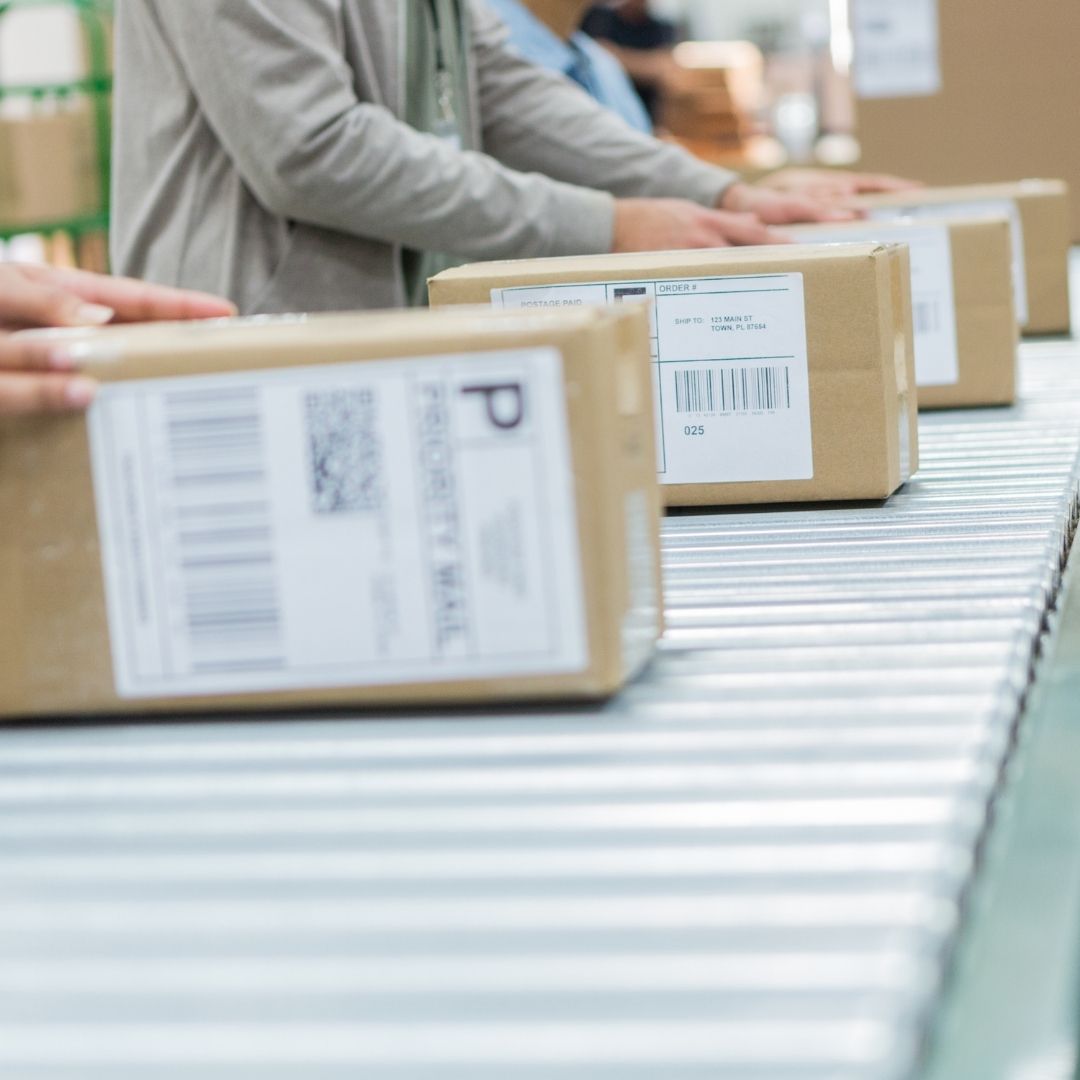

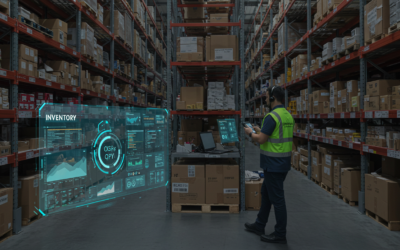

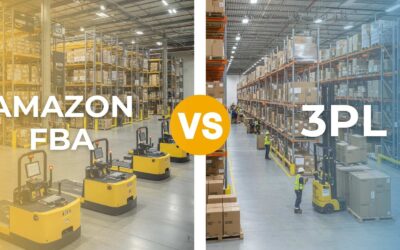
0 Comments